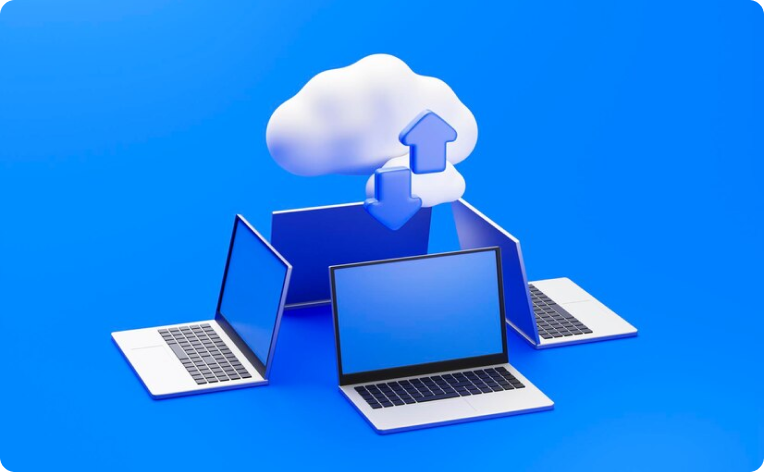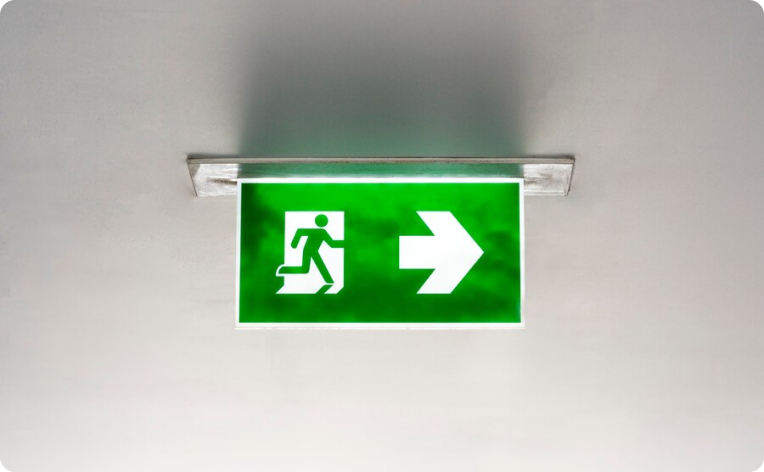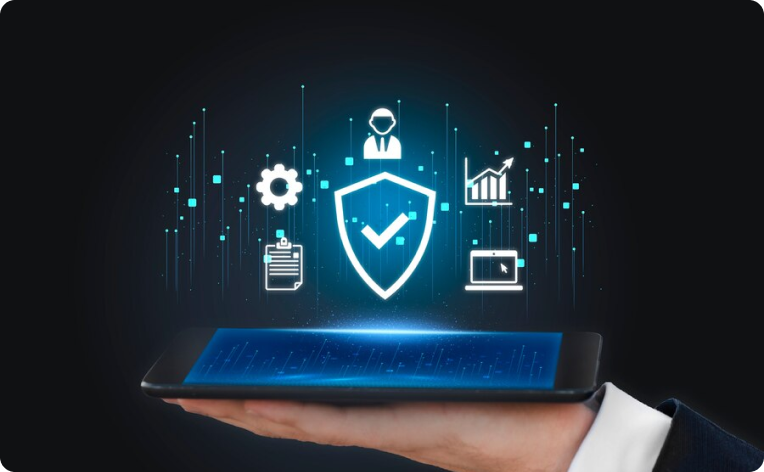VMS
A Visitor Management System (VMS) is a software-based solution designed to efficiently and securely manage the entry and exit of visitors, guests, and personnel in various organizations and facilities. Its primary purpose is to enhance security, improve the visitor experience, and streamline the registration and tracking of individuals on-site. Here are some key features and functions of a Visitor Management System:

VMS allows visitors to register their details electronically, typically at a self-service kiosk or through a web portal before arriving at the facility. This pre-registration can include information such as name, contact details, purpose of the visit, and the person they are meeting.

When visitors arrive, they check in using the VMS, which prints visitor badges with their name and photo. Upon leaving, visitors are required to check out, ensuring that their presence is accounted for.

VMS typically integrates with cameras and ID scanners to capture visitor photos and scan government-issued IDs for identity verification. It then prints visitor badges with relevant information, including their photo, name, date, and purpose of the visit.

The system can notify the host or the person the visitor is meeting, alerting them of the visitor's arrival. This can be done through email, SMS, or other communication channels.

VMS often integrates with access control systems, allowing or denying access to specific areas based on visitor permissions. It can also perform background checks on visitors against watchlists or databases to enhance security.

VMS generates reports and analytics on visitor data, providing insights into visitor traffic, peak visitation times, and other relevant information for facility management.

VMS helps organizations maintain compliance with visitor-related regulations by storing visitor logs and historical data for audit purposes.

In case of emergencies, VMS can provide an up-to-date list of on-site visitors, aiding in evacuation procedures and accounting for everyone on the premises.

The system is often customizable to fit the specific needs of different organizations, including branding and workflows.

VMS systems typically adhere to data privacy regulations and provide options for visitor data retention and deletion. Visitor Management Systems are commonly used in a variety of settings, including corporate offices, government buildings, educational institutions, healthcare facilities, manufacturing plants, and event venues, to enhance security, improve visitor tracking, and create a more efficient and professional visitor experience.

VMS allows visitors to register their details electronically, typically at a self-service kiosk or through a web portal before arriving at the facility. This pre-registration can include information such as name, contact details, purpose of the visit, and the person they are meeting.

When visitors arrive, they check in using the VMS, which prints visitor badges with their name and photo. Upon leaving, visitors are required to check out, ensuring that their presence is accounted for.

VMS typically integrates with cameras and ID scanners to capture visitor photos and scan government-issued IDs for identity verification. It then prints visitor badges with relevant information, including their photo, name, date, and purpose of the visit.

The system can notify the host or the person the visitor is meeting, alerting them of the visitor's arrival. This can be done through email, SMS, or other communication channels.

VMS often integrates with access control systems, allowing or denying access to specific areas based on visitor permissions. It can also perform background checks on visitors against watchlists or databases to enhance security.

VMS generates reports and analytics on visitor data, providing insights into visitor traffic, peak visitation times, and other relevant information for facility management.

VMS helps organizations maintain compliance with visitor-related regulations by storing visitor logs and historical data for audit purposes.

In case of emergencies, VMS can provide an up-to-date list of on-site visitors, aiding in evacuation procedures and accounting for everyone on the premises.

The system is often customizable to fit the specific needs of different organizations, including branding and workflows.

VMS systems typically adhere to data privacy regulations and provide options for visitor data retention and deletion. Visitor Management Systems are commonly used in a variety of settings, including corporate offices, government buildings, educational institutions, healthcare facilities, manufacturing plants, and event venues, to enhance security, improve visitor tracking, and create a more efficient and professional visitor experience.
Want to know more
Let’s explore how we can impliment ERPNext to fit your business needs.